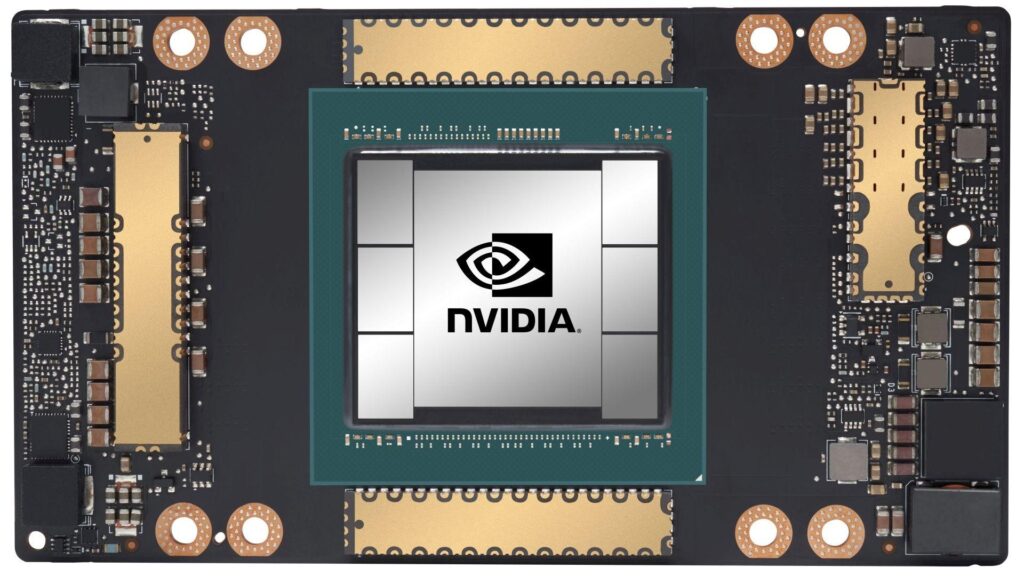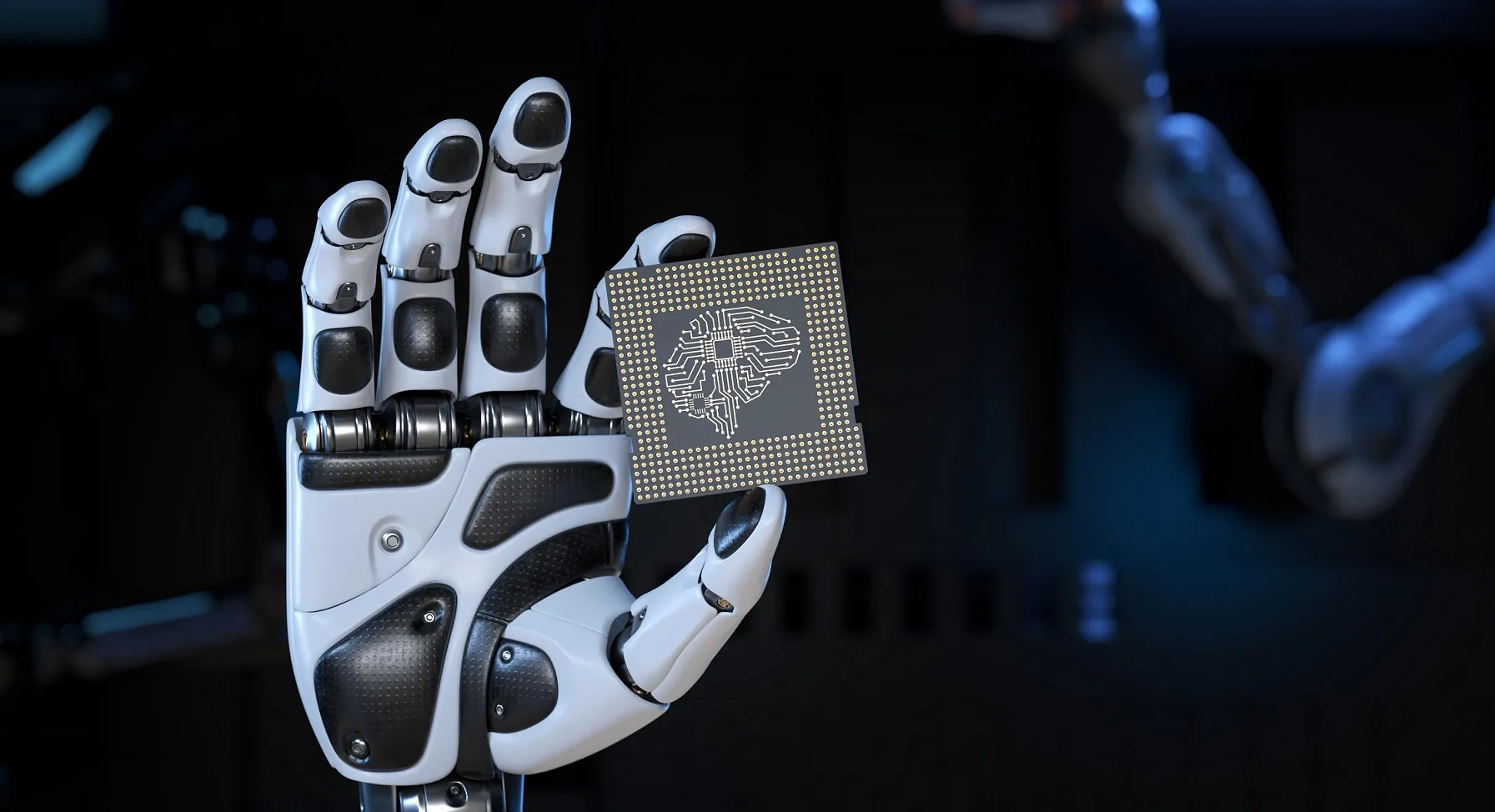Introduction
AI has been advancing rapidly in recent years, thanks to the availability of large amounts of data, powerful computing resources, and innovative algorithms. One significant facet of this progress is Hardware Artificial Intelligence, a field that is increasingly gaining attention and importance.
However, AI also poses significant challenges and opportunities for the hardware that supports it, such as processors, memory, storage, and networking devices.
In this article, we will explore the basics of Hardware Artificial Intelligence, the latest developments and trends, and the future directions and implications of this exciting field.
Join TechoVedas Community here
Understanding Hardware Artificial Intelligence
Defining Hardware AI: At its core, Hardware AI refers to specialized hardware components and architectures designed to accelerate AI workloads.
Unlike traditional processors, these hardware solutions are optimized for the specific mathematical computations that underpin machine learning algorithms, making them significantly faster and more efficient.
The Need for Specialized Hardware: Traditional CPUs, while versatile, often struggle to meet the computational demands of complex AI tasks.
This gap in performance has spurred the development of dedicated hardware, tailored to the unique requirements of AI algorithms.
Hardware AI aims to overcome bottlenecks and enhance the speed of training and inference processes.

Example: Graphics Processing Unit
One notable example of dedicated hardware tailored for AI tasks is the Graphics Processing Unit (GPU). Originally designed for rendering graphics in video games, GPUs have proven to be exceptionally well-suited for accelerating the computational demands of AI workloads, particularly deep learning.
Traditional CPUs are designed to handle a variety of tasks and are characterized by their general-purpose nature. However, when it comes to AI tasks involving neural networks and machine learning algorithms, which often involve matrix multiplications and parallel processing, traditional CPUs can struggle due to their sequential processing architecture.

In contrast, GPUs are parallel processors with thousands of cores that can simultaneously handle multiple tasks. This parallelism makes them highly efficient for the matrix computations involved in training and inference processes of neural networks. The architecture of GPUs, optimized for handling massive amounts of data in parallel, enables them to perform complex mathematical calculations much faster than traditional CPUs.
The development of frameworks such as CUDA (Compute Unified Device Architecture) by NVIDIA has played a crucial role in enabling programmers to harness the parallel processing capabilities of GPUs for AI tasks. This has led to a significant acceleration of AI model training times, making GPUs a fundamental component in the landscape of dedicated hardware for artificial intelligence.
Why is AI Hardware Important?
AI hardware is important because it enables and empowers AI applications to achieve higher performance, accuracy, and functionality, while reducing the cost, complexity, and energy consumption.
AI hardware can also unlock new possibilities and opportunities for AI innovation and discovery, by enabling new algorithms, models, and architectures that were previously infeasible or impractical.
Some of the benefits of AI hardware are:
-Speed: AI hardware can accelerate the execution of AI tasks, such as training, inference, or optimization, by orders of magnitude, compared to conventional hardware.
For example, Google’s TPU can perform up to 180 tera-operations per second (TOPS), which is about 15 times faster than a high-end GPU.
-Efficiency: AI hardware can reduce the energy consumption and power dissipation of AI tasks, by optimizing the hardware design and architecture for the specific characteristics and requirements of AI computation, such as parallelism, sparsity, or precision.
For example, IBM’s TrueNorth chip can perform 46 billion synaptic operations per second (SOPS) per watt, which is about 100 times more efficient than a typical CPU.
-Functionality: AI hardware can enable new or improved capabilities and features for AI applications, by supporting more complex, diverse, and dynamic AI models and algorithms, such as deep neural networks, reinforcement learning, or generative adversarial networks.
For example, Nvidia’s Jetson Nano can enable real-time object detection, face recognition, or natural language processing on edge devices, such as drones, robots, or cameras.
Key Components of Hardware AI
1. Graphics Processing Units (GPUs): GPUs have emerged as the workhorses of Hardware AI. Originally designed for rendering graphics, GPUs are parallel processors that excel at handling the matrix computations inherent in neural network operations.
Their ability to execute multiple tasks simultaneously has made them indispensable in accelerating training times.
2. Tensor Processing Units (TPUs): Google’s Tensor Processing Units represent a specialized hardware solution specifically crafted for machine learning tasks. TPUs excel in handling tensor computations, a fundamental operation in neural network processing.
They offer remarkable speed and efficiency, making them a go-to choice for various AI applications.
3. Field-Programmable Gate Arrays (FPGAs): FPGAs are customizable integrated circuits that can be configured to perform specific tasks. In the realm of Hardware AI, FPGAs provide flexibility and energy efficiency.
Their programmable nature allows for the implementation of custom architectures tailored to the unique requirements of different AI models.
2 Categories of AI Hardware
AI hardware refers to the specialized computer hardware that is designed or optimized to execute AI programs faster, more efficiently, and with less energy consumption.
AI hardware can be divided into two main categories: AI accelerators & AI systems.
1. AI accelerators
AI accelerators are devices that enhance the performance of AI applications by offloading some of the computation from the general-purpose processors, such as central processing units (CPUs) or graphics processing units (GPUs).
It can be either dedicated chips, such as tensor processing units (TPUs) or neural processing units (NPUs), or reconfigurable devices, such as field-programmable gate arrays (FPGAs) or application-specific integrated circuits (ASICs).
It can be integrated into the same chip as the CPU or GPU, or attached as separate cards or modules.
Read More: Explained: What The Hell Is Internet of Things (IoT)? – techovedas
2. AI systems
AI systems are the complete hardware platforms that combine AI accelerators with other components, such as memory, storage, networking, cooling, and power supply.
Depending on the requirements and constraints of AI applications, deploy it in various locations like data centers, edge devices, or cloud servers. Customize and scale AI systems to meet specific needs in healthcare, education, entertainment, or security across different domains and scenarios.
READ MORE: AI Everywhere event
What are the Current Trends and Developments in AI Hardware?
AI hardware is a fast-growing and evolving field, with many new and exciting trends and developments emerging every year. Some of the current and prominent trends and developments in AI hardware are:
Neuromorphic computing: Neuromorphic computing can offer advantages such as low power consumption, high fault tolerance, and online learning. Some examples of neuromorphic computing devices are Intel’s Loihi, IBM’s TrueNorth, and BrainChip’s Akida.
In-memory computing: In-memory computing can overcome the bottleneck of data movement and latency, and improve the speed and efficiency of AI tasks. Some examples of in-memory computing devices are Samsung’s HBM-PIM, IBM’s PCM, and Mythic’s M1108.
Quantum computing: Quantum computing can potentially solve some of the hard and intractable problems in AI, such as optimization, simulation, or encryption. Some examples of quantum computing devices are Google’s Sycamore, IBM’s Q System One, and Microsoft’s Azure Quantum.
What are the Future Directions and Implications of AI Hardware?
AI hardware is a dynamic and promising field, with many future directions and implications for the advancement and transformation of AI and society. Some of the future directions and implications of AI hardware are:
–AI hardware co-design: AI hardware co-design is an approach that integrates and optimizes the hardware and software components of AI systems, by considering the interdependencies and trade-offs among them, such as performance, accuracy, robustness, or scalability.
-AI hardware democratization: AI hardware democratization is a process that makes AI hardware more accessible, affordable, and available to a wider range of users, developers, and researchers, by lowering the barriers and costs of entry, and providing more tools and resources for learning and experimentation.
–AI hardware ethics: AI hardware ethics is a discipline that studies and addresses the ethical, social, and legal issues and challenges that arise from the design, development, and deployment of AI hardware, such as privacy, security, fairness, accountability, or sustainability.
Conclusion
AI hardware is not just a technical field, but a creative and visionary one. It is a field that challenges and inspires us to think beyond the conventional and the possible, and to imagine and invent new ways of computing and learning.
AI hardware is also a field that connects and impacts us in many aspects of our lives, from education and entertainment, to healthcare and security. AI hardware is an exciting and important field, and we are just at the beginning of this amazing journey.




